With dozens of species found all over the world, you can find a variety of earwig around the home or out in the wilderness.
How to Identify Different Types of Earwigs
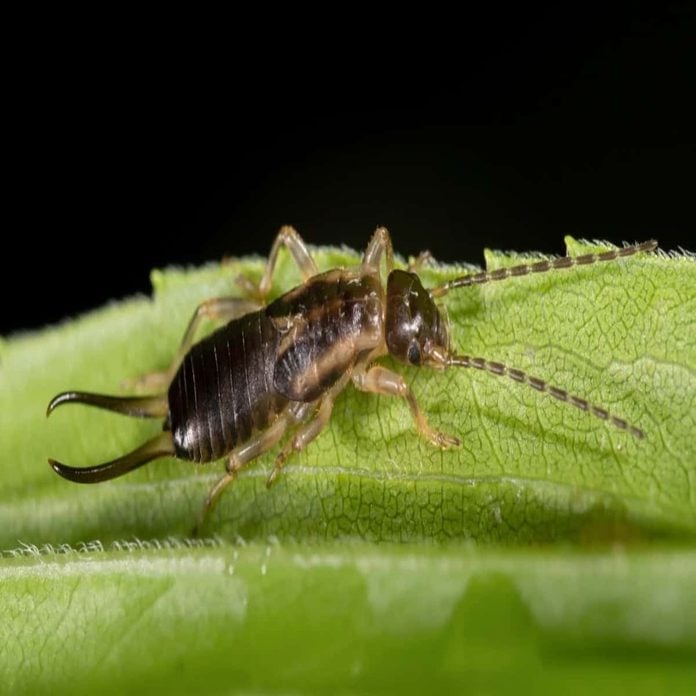
European Earwigs (Forficula auricularia)
Known as the common earwig, the European earwig is the most common of its kind in the United States. Typically found in cool and moist spots in and around the home, the European earwig is a nocturnal scavenger bug, always searching for food and a safe environment. They feed on both dead and decaying vegetation along with other insects. Roughly an inch long, these pests can be intimidating with their distinguished pincers at the end of their body. But not to worry, as earwigs are not a dangerous bug and pose no real threat to people, other than disrupting their garden life.
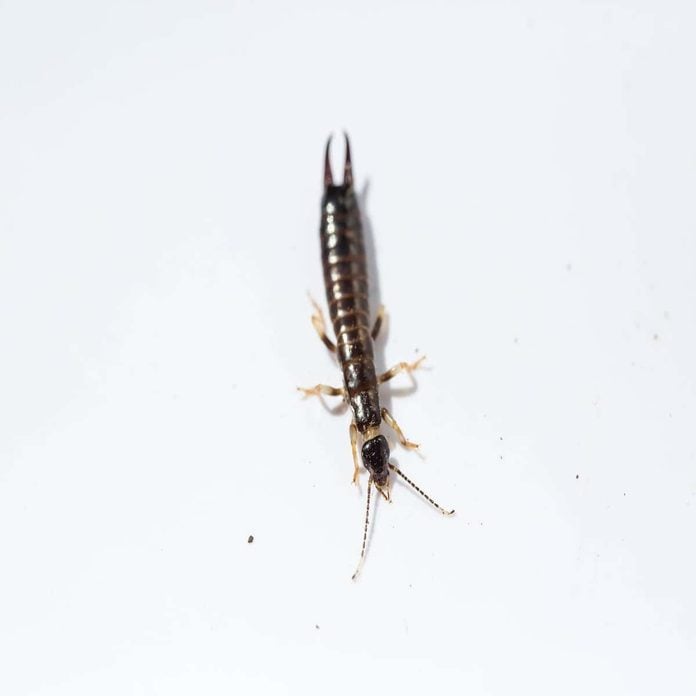
Ring-Legged Earwigs (Euborellia annulipes)
The ring-legged earwig is a frequent insect found in the southern states of America. Unlike the European earwig, the ring-legged earwigs found in America are without wings. They get their name from the dark circles that surround the yellowish coloration of their legs. This earwig is slightly darker than the common earwig and can be found most often outdoors, feasting on vegetation and other insects. While not a dangerous pest to people, there are ways you can prevent earwigs from your home and garden.
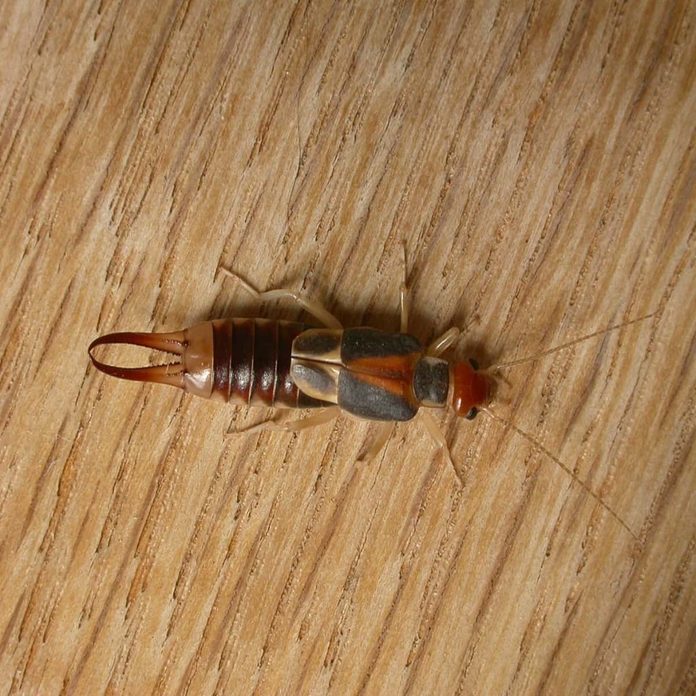
Striped Earwigs (Labidura riparia)
Striped earwigs are referred to by many names that include the riparian earwig, shore earwig, or the tawny earwig. Most known as the striped earwig, this insect is distinguished from others in their order by the pair of stripes on the front portion of their back. Holding a lighter brown, almost tannish color, the striped earwig is quite the predator. Their pest control abilities are one of the highest for earwigs, as they will hunt and eat a multitude of living and dead insects, including but not limited to other larvae, eggs, scavenged meat, millipedes, spiders, caterpillars, and more. To achieve a comfortable piece of mind, there are numerous ways to removing these type of earwigs from the home.
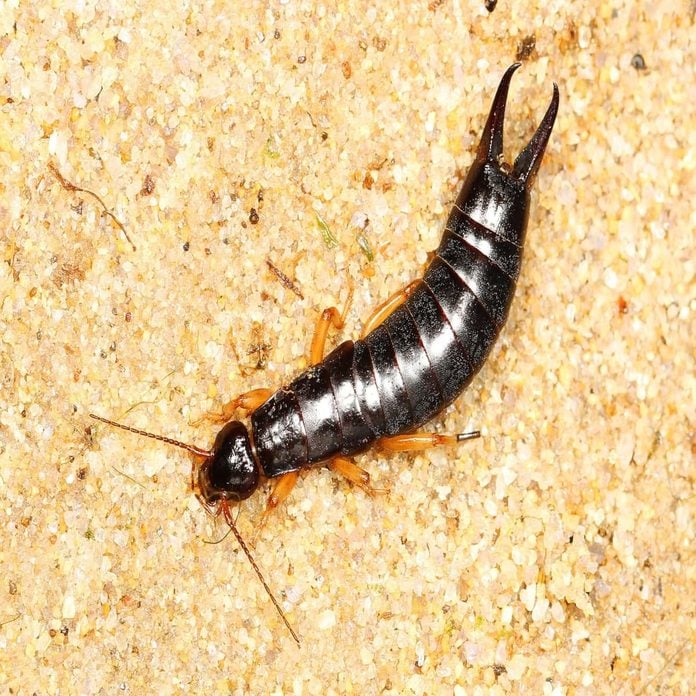
Maritime Earwigs (Anisolabis maritima)
The maritime earwig, or also referred to as the seaside earwig, are a species of earwigs typically found around the coast. While not able to swim, this earwig likes to feed on other insects in the wet sands of the beach. Similar to other earwig species, they are a nocturnal insect, hunting at night and burrowing in cool, moist locations during the day. Maritime earwigs have a similar to look to others of its kind, having a blackish exterior, yellow underbelly and legs, and noticeable pincers. Unlike some of their counterparts, maritime earwigs do not have a pair of wings and thus no capability of flying.
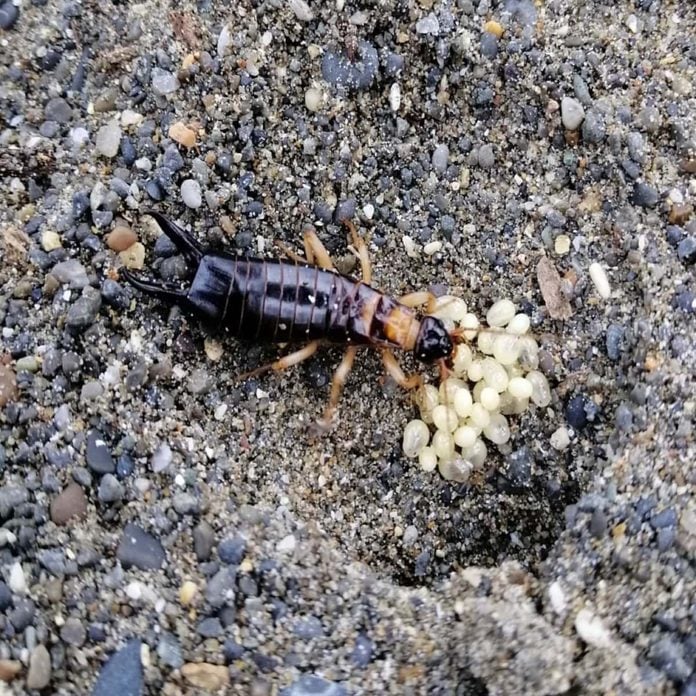
Seashore Earwigs (Anisolabis littorea)
Very similar to Maritime earwigs, the seashore earwig is a native insect to Australia and New Zealand that can be found on beaches hiding in the sand and under stones. Unlike the maritime earwig that has a darker black coloration on the whole of its back, the seashore earwig holds some lighter brown pigmentation near the front of its back. Like most other earwigs, the seashore earwig is a predator of other insects, feeding on pests such as ants and fleas. But don’t expect to find this type of earwig infesting your home, unless you live near big bodies of water.
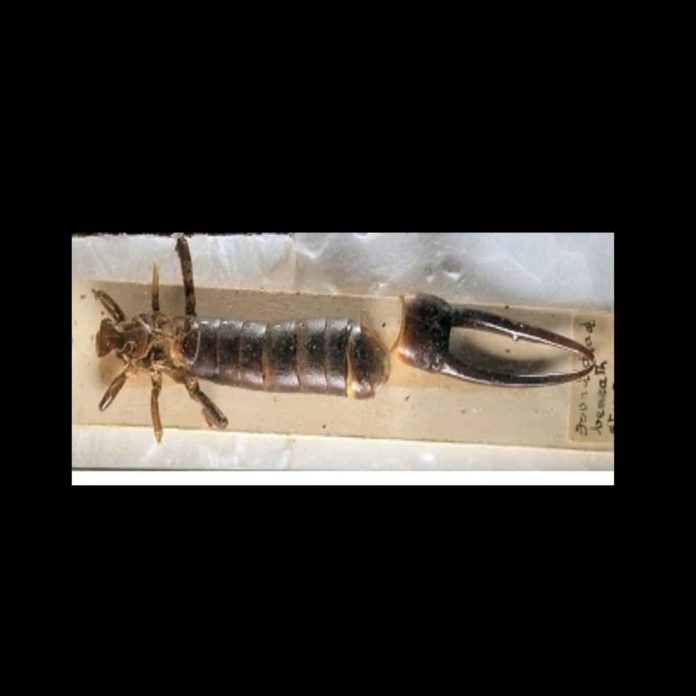
Saint Helena Earwigs (Labidura herculeana)
The Saint Helena earwig, also known as the giant earwig, was a species of earwigs prevalent to the island of Saint Helena in the Atlantic Ocean. This earwig was noticeably larger than others of its kind, averaging around 3 inches in length (common earwig is one inch). However, due to habitat changes on the island along with the addition of fierce predators such as mice, rats, and spiders, the Saint Helena earwig is now considered to be extinct.
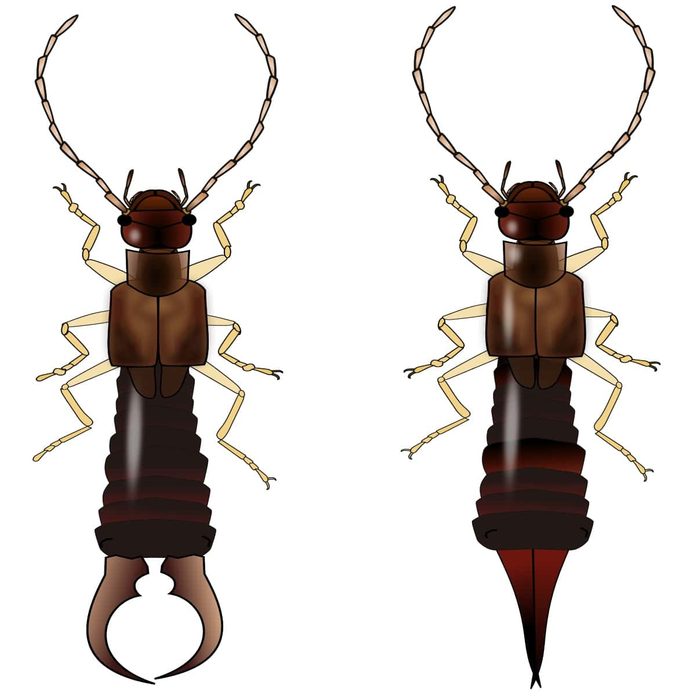
Additional Earwig Information
For more information about earwigs and what it means when you find this pest in your home, check out these pest control articles.
- Earwig Guide
- Types of Earwigs
- Earwig Life Cycle
- Earwig Infestations
- How to Get Rid of Earwigs
- How to Prevent Earwigs
- Earwig Safety
- Earwig Facts
Sources